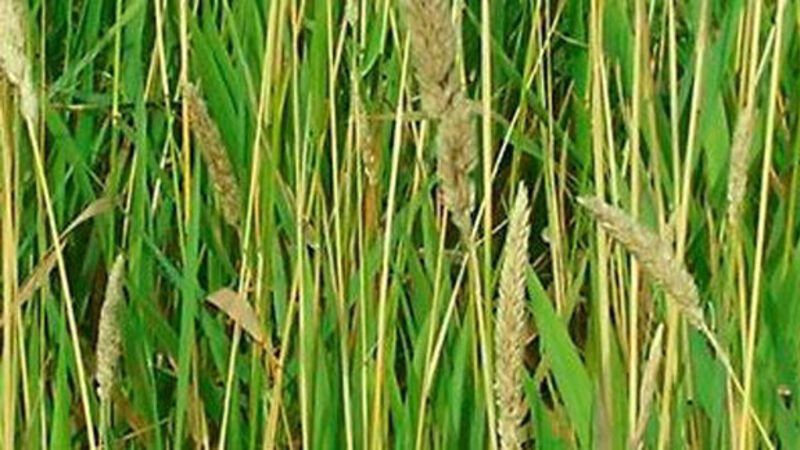A worthy project to protect the red grouse

Large-scale burning of heather in its natural habitat has been blamed for the bird’s decline, though a few commendable projects are underway to revive its fortunes.
As someone who has walked a good deal through this habitat over the years, I’ve rarely seen grouse. Experts advise that the best chances of sightings are in areas with abundant heather cover and bogs. An early morning walk in such areas this month and in March when males are defending their territories, may be the time to see this elusive bird.
Grouse is far more common in Scotland (even giving its name a famous whiskey brand) and in England, where carefully- controlled burning of heather on moorland ensures better nesting and feeding opportunities. The ground-dwelling bird requires heather for food, nesting and shelter, says Birdwatch Ireland.
Widespread tree-planting on poor quality land has also stolen habitat from the grouse, and many other species. People in the highland country straddling the borders of counties Cork, Limerick and Kerry, around Ballydesmond, Brosna and Rockchapel, where grouse was once numerous, tell us they hardly ever see it now. That countryside, which also hosts the beleaguered hen harrier, has been taken over by forestry.
The species is strongest in parts of counties Wicklow, Laois and Waterford and along the western seaboard from Donegal to Kerry, according to surveys. Few are remaining on raised bogs in the Midlands.
In 2007, Glenfarne Gun Club, in Co Leitrim, decided on action to reverse the grouse’s decline on the local Boleybrack Mountain. Their efforts have been successful, even recognised at EU level. A management plant for the mountain has been grant-aided by the Heritage Council and National Parks and Wildlife Service. The area is a commonage used by active sheep and cattle farmers. Now, upwards of 90 grouse have been counted there, compared to only three calling males when the initiative started.
Grouse has responded well to the active management of heather and the protection of breeding and roosting birds from predators such as foxes and crows. Small-scale, controlled burning, during the legal burning season, has improved the quality of the heather.
The co-operation of the commonage owners and sheep farmers with game councils, Coillte and several state agencies is seen as a key aspect of the project’s success.
Red grouse has been on the wane in Ireland for at least 100 years, an issue that’s been the subject of legal action by the EU against this country.













